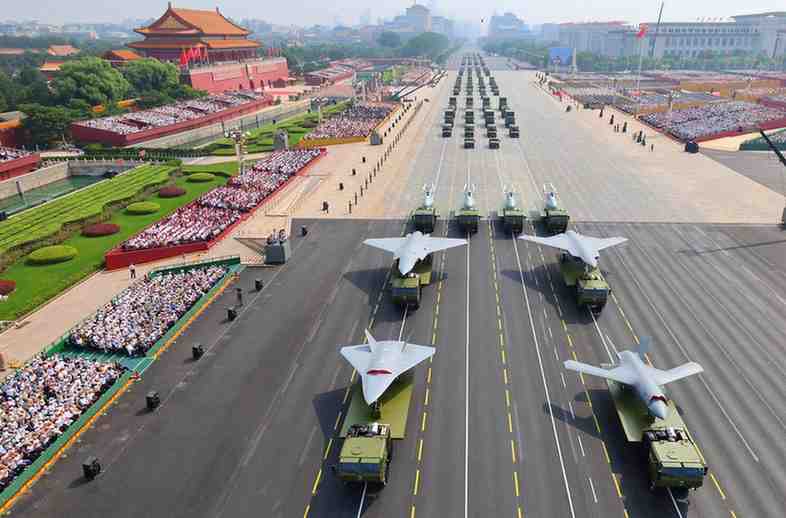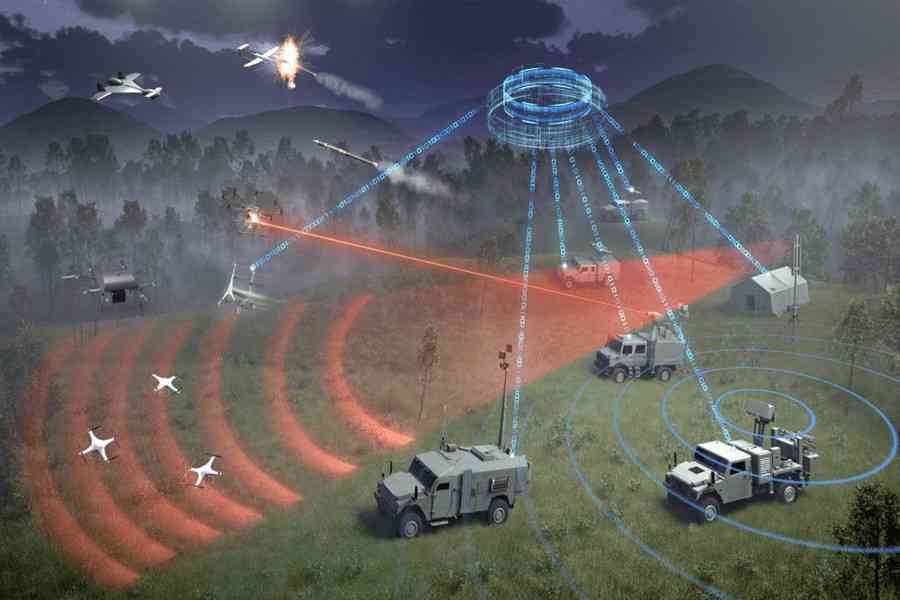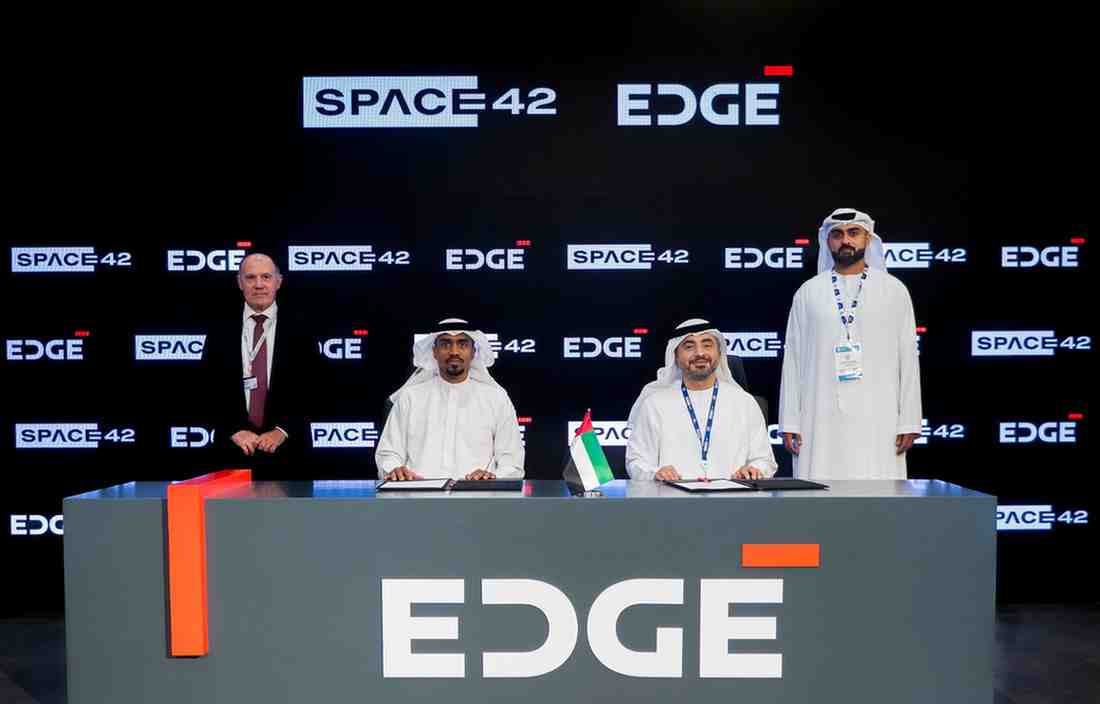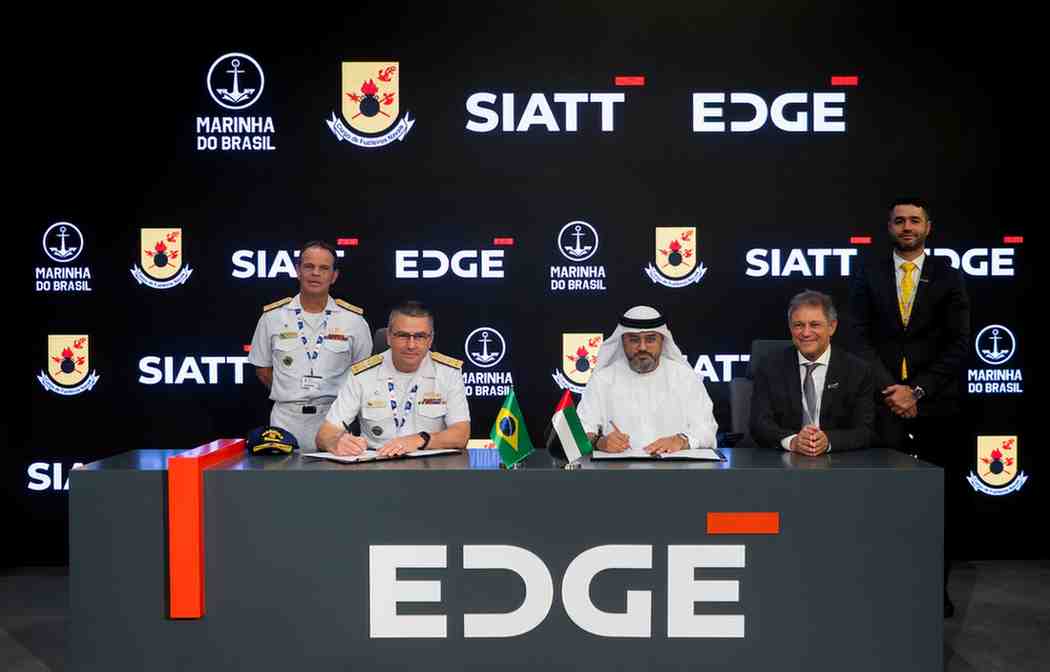The September 3rd military parade was not just a spectacle, but a blueprint of China’s vision for global order. Two weeks on, the geopolitical ripples of Beijing’s parade are still visible — from Washington’s unease to Japan’s reinforced defense commitments. It has been witnessed by the world as the curated gallery of powerful missiles by China and the gathering of authoritarians in line. Russian President Vladimir Putin, North Korean leader Kim Jong-un, Belarus’ President Alexander Lukashenko, and Iran’s President Masoud Pezeshkian, along with more than 26 other foreign leaders, were spotted. The guest-list has seen a rich in non-Western nations, with strong representation from Asia, Africa, and the Global South, which harbingers the deepening of China’s non-Western alliance system.
The absence from the West was just as telling. Japanese and European leaders, most of whom did not attend and half of whom sent low-level delegates, delineate how China perceives them and how it wishes to shape its future relations with them. It was not only a domestic show of power, but more a crafted geopolitical message to the world — one that continues to resonate in Western capitals.
Moreover, the high-profile and geopolitically charged attendance of China’s chosen partners from across the world has triggered severe reactions across the West. European skepticism, coupled with Washington’s unease, was evident. Even Donald Trump’s remarks mixed praise with insecurity, his words laced with characteristic ranting — a sign of how the parade rattled the American political psyche.
Coming back to China’s hard power display, new nuclear strategic weapons, the DF-5C ICBM, the DF-61 ICBM, and the JL-3 SLBM, were unveiled. Together, they all show the country’s land-sea-air-nuclear triad that is seminal for its geopolitics and superpower aims. Some hypersonic and anti-ship missiles were also observed, including YJ-series anti-ship missiles, HQ-16C, and HQ-10A. These defencive missile systems were crafted to intercept threats and naval engagements. Further, laser weapons and underwater drones, as well as robot wolves, are all advanced autonomous and directed-energy systems that remained part of the parade show.
The parade was geopolitically and strategically signalled. The intent was clearer than at any time in history; the preparedness of China was exhibited fearlessly. The signals it sent remain unmistakable. The nuclear triad completion, along with the country’s shift towards modern technology, drew both awe and alarm. The networked warfare, it indicated, has created ripples around the world. The political symbolism has not remained hidden; a clear message to the world, especially to Taiwan, the US, and the Indo-Pacific allies, has been communicated without words: the country is unapologetically assertive.
Besides, the date was not accidental, but it was decided to mark the 80th anniversary of World War II and the defeat of Japanese militarism. It was deeply ingrained in the national psyche of China. Beijing was all set to portray itself as the guardian of the new world order as well as the heir of the wartime sacrifice. The country, moreover, has always remained deeply interested in building narrative through parades; these are always ceremonial displays. China sought to remind the whole world of its rise from foreign domination; it stood to guard the world and take hegemony through technological advancements and alliance strengths and is self-reliant to dominate the world.
It also draws on the tradition of authoritarianism, where the Soviet-style parades used to project power; China has redefined the model.
Moving ahead, Western nations were seen with anxious undertones, uneasy, and unsettled. Also, Washington viewed the display as a reminder of China’s growing parity in nuclear and advanced weapons. European nations, caught between trade with Beijing and NATO’s security imperatives, expressed muted scepticism. Japan went further, issuing warnings and reinforcing defence commitments, a sign that the parade resonated most sharply in the Indo-Pacific.
The parade highlighted shifting equations with India; It fortified relations between India and China, the two rivalries sharing conflictual histories. The bilateral ties between them have been marked as improving with the passage of time as high-level visits were exchanged and cooperative agreements were signed. Yet, whether such gestures can overcome deep mistrust remains uncertain. On the other hand, the Global South is capturing a new world order that must be a counterbalance to the US hegemony. A new bloc-building around authoritarianism is anticipated.
After discerning all this, the question arises if this all is just an image-building, image-management exercise or a real strength. It is so obvious that displaying all the missiles and defence systems is a clear-cut sign of portraying readiness to attain hegemony of the world and challenging the current status quo of the US. Further, partnerships cannot be trusted as eternal, as they bring shifts more often. The waves in geopolitics come and go, and they are inevitable, but risks of authoritarianism in solidarity are more evident than ever. The recent unity of authoritative regimes to counterbalance the superpower is enough to fear the world, as well as the internal weaknesses and fragility in alliances, which are pellucid and can storm the world later.
As victory in politics is rarely absolute, it is always necessary to prepare oneself for the disasters that might cross the path. The US and its allies might recalibrate, and China with its allies might get a setback. Whether this moment marks the dawn of a new authoritarian bloc or a temporary spectacle, the world cannot ignore that Beijing has placed itself firmly at the centre of the global stage. The question of the decade remains whether China, with its alliance system, can sustain momentum and translate spectacle into lasting hegemony — or whether the parade will be remembered more for its symbolism than its substance.

Zara Mansoor
Zara Mansoor is an International Relations scholar and political analyst from Islamabad, Pakistan. She contributes to various national and international magazines and newspapers. Her research primarily focuses on international security, with a specialisation in nuclear proliferation and non-proliferation.
- Zara Mansoor#molongui-disabled-link













